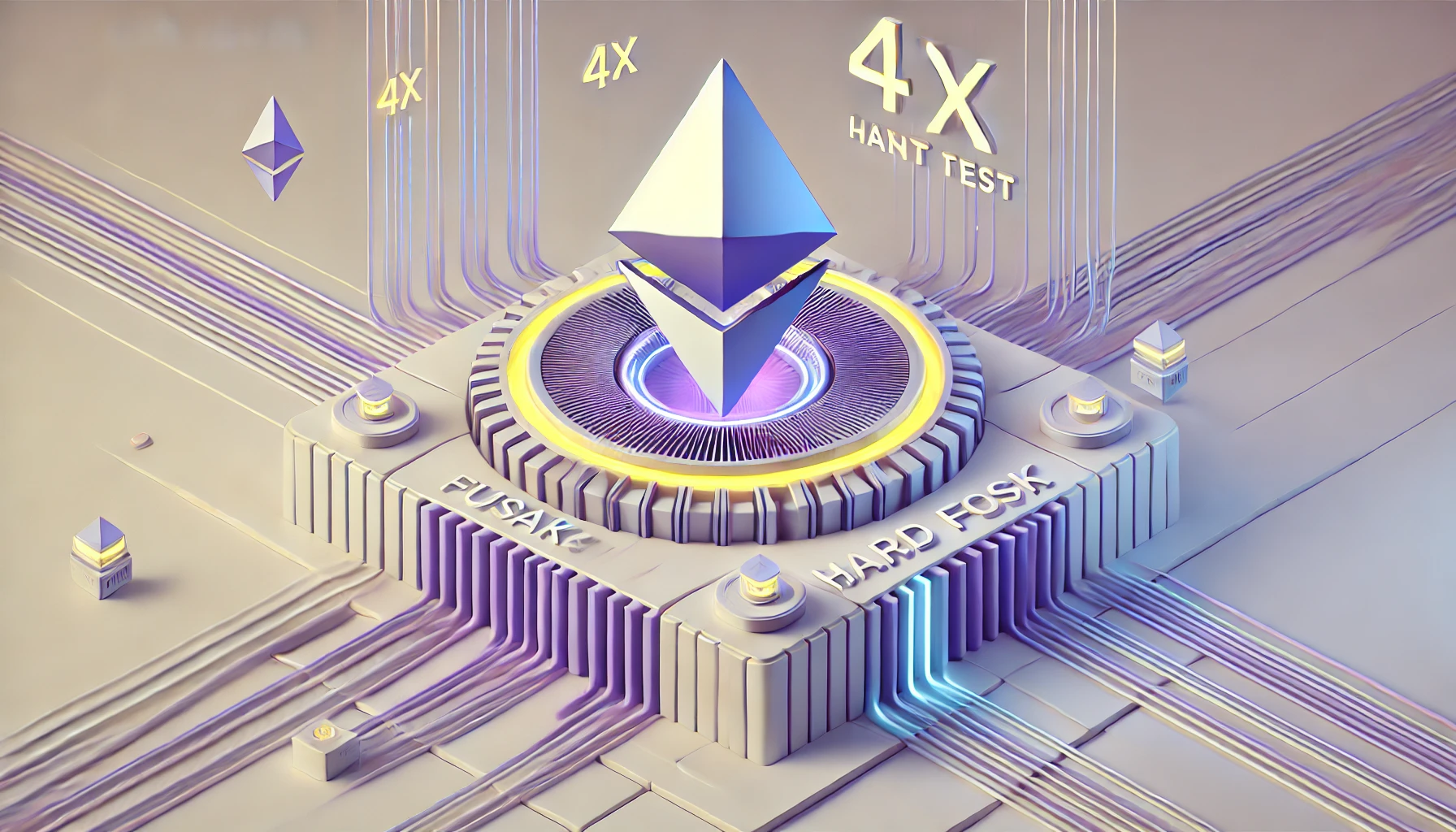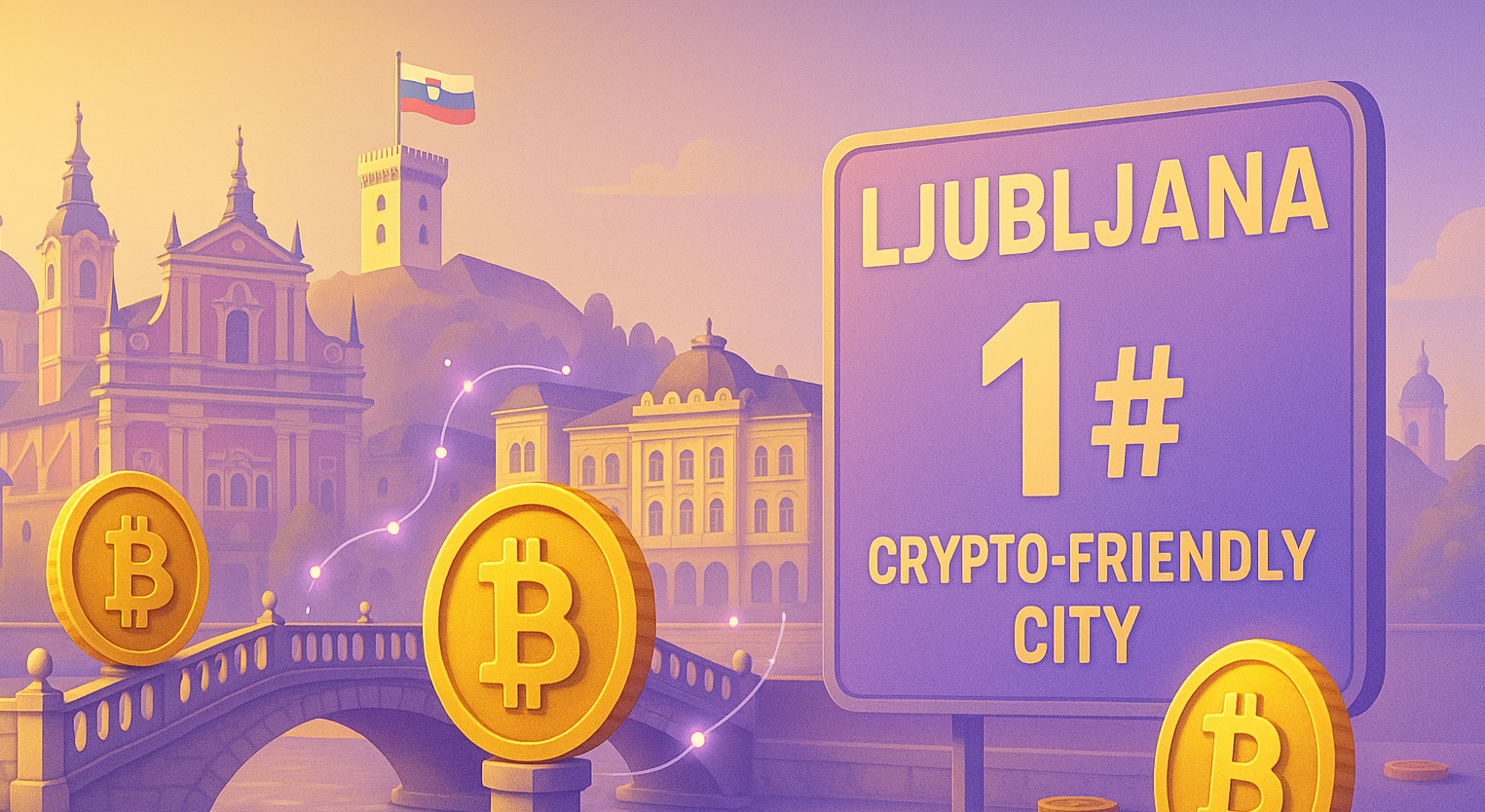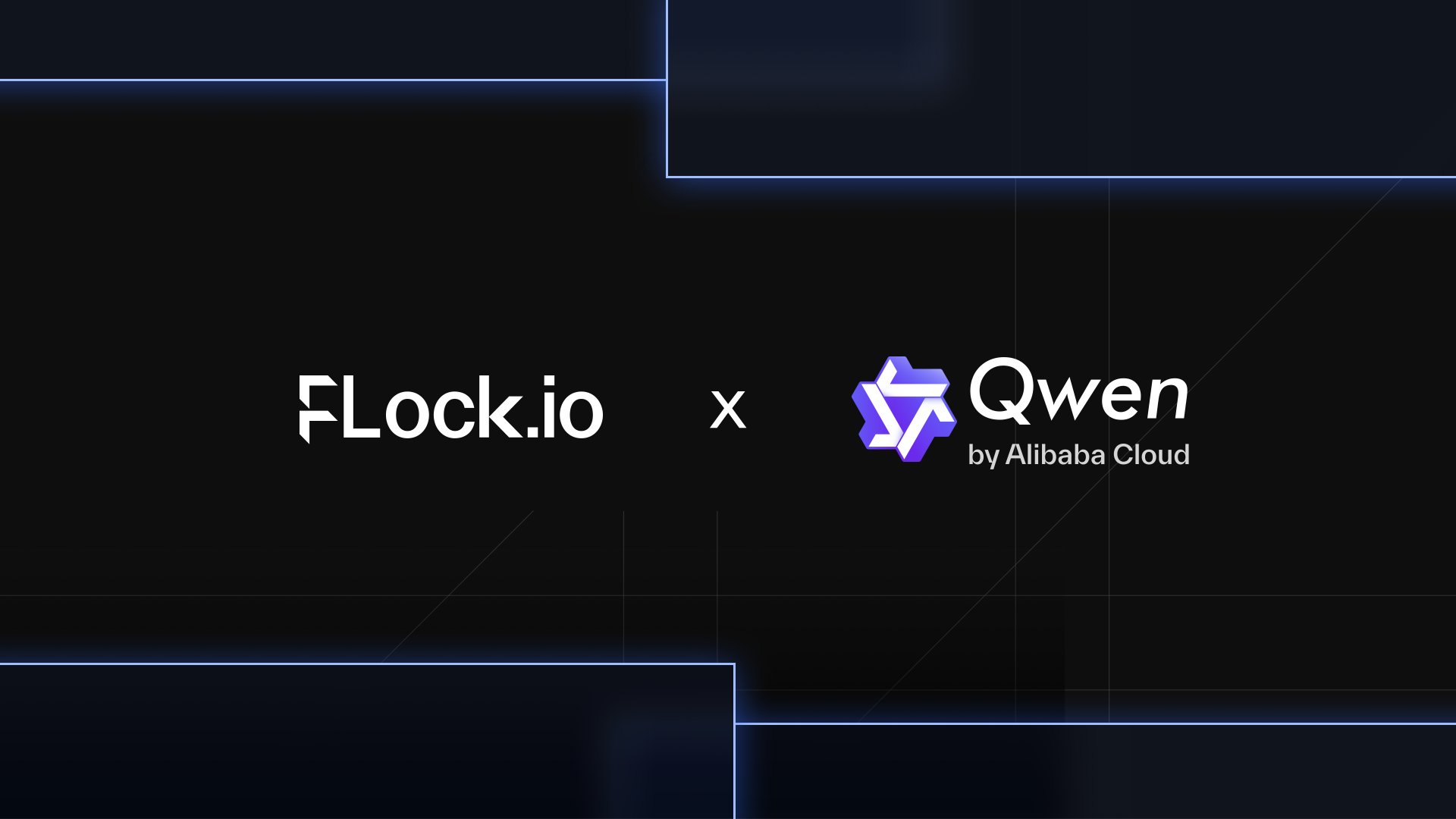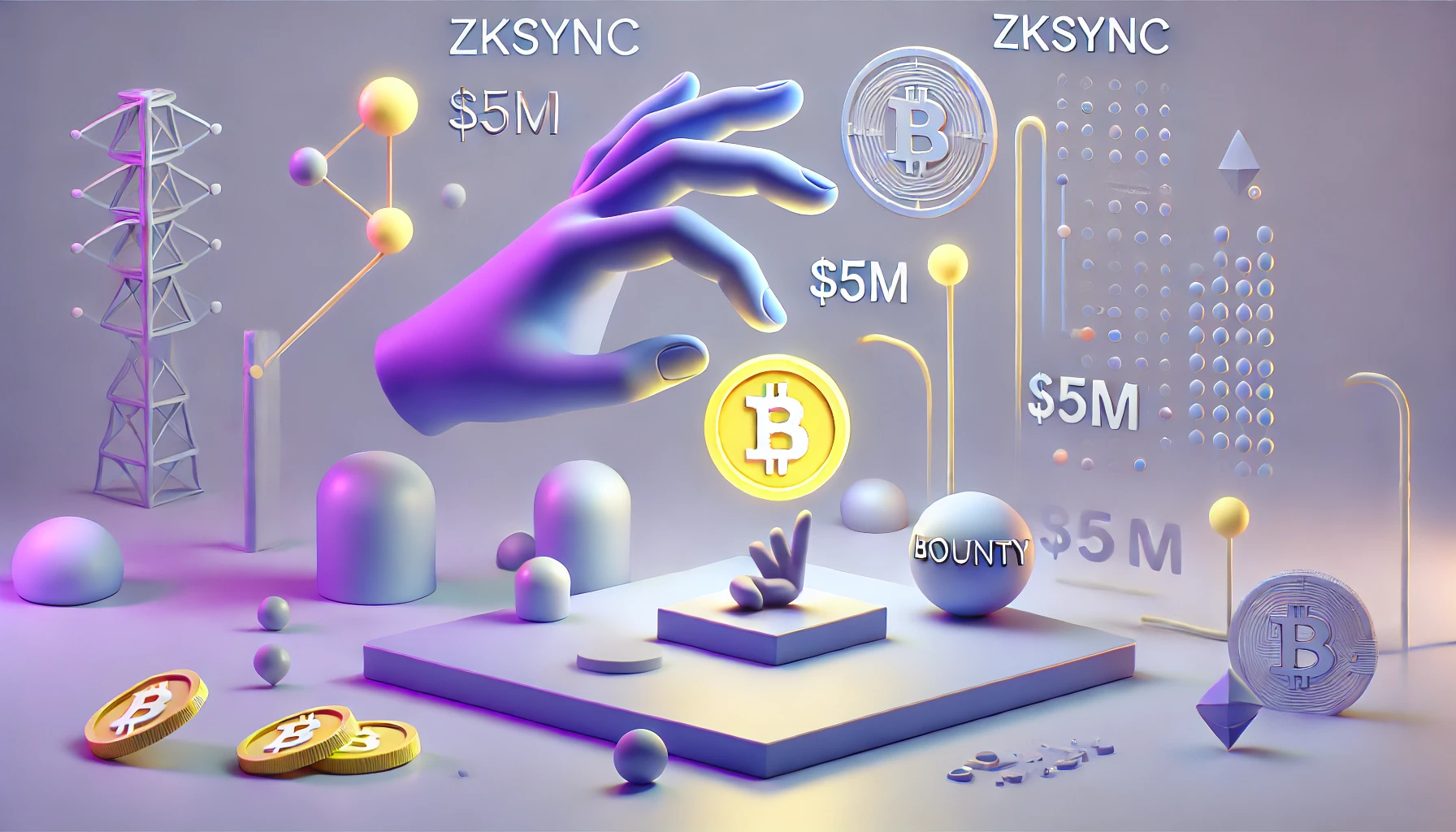On October 5, 2024, a new improvement proposal, known as EIP-7781, was proposed for Ethereum, aiming to reduce the block creation time from 12 to 8 seconds. This initiative could transform the efficiency of the Ethereum network and enhance its appeal in the face of growing competition from other blockchains.
A significant improvement for scalability
EIP-7781, introduced by Ben Adams, aims to improve the overall throughput of the Ethereum network by 50%. By reducing the block time by 33%, this proposal aims to make decentralized exchanges, such as Uniswap v3, up to 1.22 times more efficient. According to Justin Drake, a researcher at the Ethereum Foundation, this reduction could allow users to save nearly 100 million dollars per year thanks to better transaction execution and a decrease in arbitrage opportunities between centralized and decentralized exchanges.
In addition to reducing the confirmation time of smart contracts, EIP-7781 also proposes a more uniform distribution of bandwidth usage over time. This approach would reduce the maximum bandwidth requirements without increasing the number of blocks or blobs processed. Thus, users could benefit from a smoother and more responsive experience on the network.
Challenges to overcome for solo stakers
Despite its potential advantages, some developers express concerns about the impact this reduction in block times could have on solo stakers. A shorter block time could lead to an increase in the growth of the execution state, thus requiring more powerful hardware and faster bandwidth. This could limit the participation of individual stakers, raising concerns about the long-term decentralization of the Ethereum network.
Adam Cochran, partner at Cinnehaim Ventures, emphasized that although the proposal seems reasonable, it is crucial to ensure that solo stakers are not disadvantaged, particularly regarding gas limits and hardware requirements. The necessity of conducting thorough tests on the hardware and response times is essential to avoid excluding certain stakeholders from the process.














